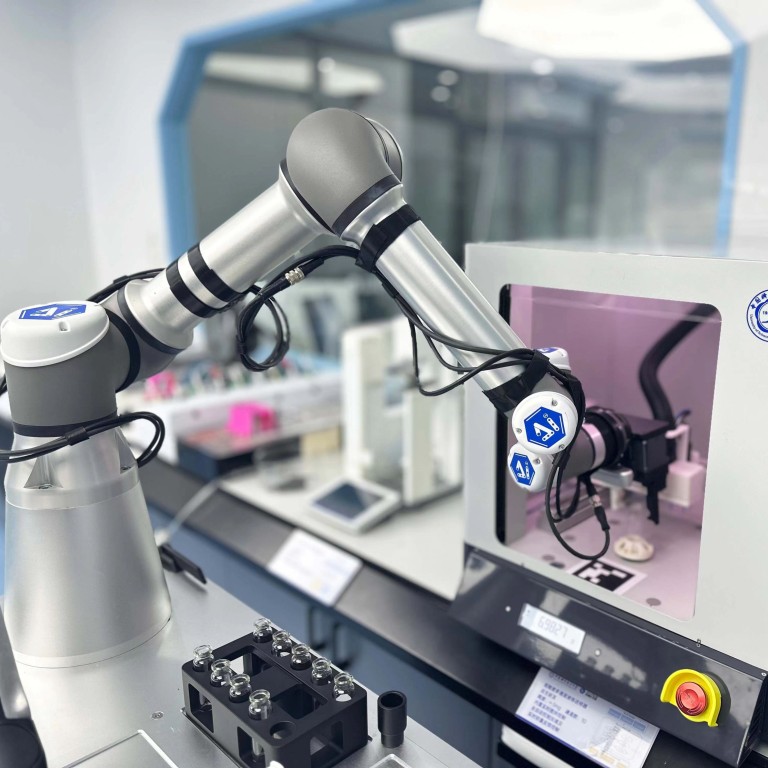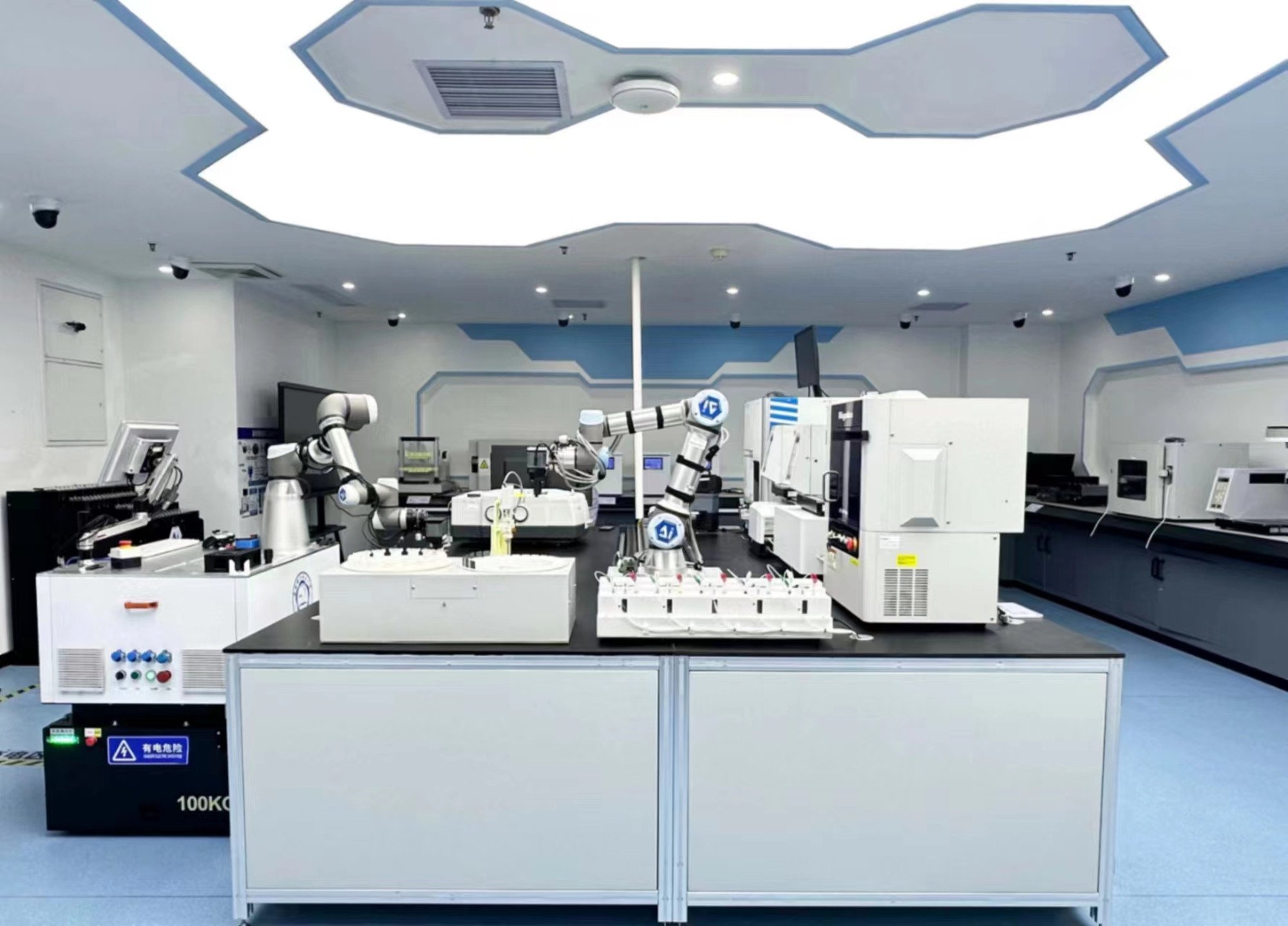
Chinese scientists say AI chemist can create catalysts to make oxygen from Martian meteorites
- Robot found optimal formula that was tested in simulated low-temperature conditions of Mars, according to researchers
- They hope it will be able to help produce oxygen and other chemical elements needed for long stays on the red planet
The researchers said the robot found an optimal catalyst formula from more than 3.7 million possibilities in less than two months. They estimated that screening process would take some 2,000 years for humans to carry out.
The catalyst produced was tested in simulated low-temperature Martian conditions, according to the team led by the University of Science and Technology of China in Hefei, Anhui province.

Oxygen is rare on Mars. Its atmosphere – which is much thinner than Earth’s – is mainly composed of carbon dioxide. Oxygen only makes up 0.13 per cent of the air there, compared to 21 per cent on our planet.
While it cannot be replenished from the Martian atmosphere, oxygen is a “top priority for any human activity on Mars because rocket propellants and life support systems consume substantial amounts of oxygen”, the scientists wrote in an article published in the peer-reviewed journal Nature Synthesis on Tuesday.
“Here we demonstrate a robotic artificial-intelligence chemist for automated synthesis and intelligent optimisation of catalysts for the oxygen evolution reaction from Martian meteorites,” the team said.
“The entire process, including Martian ore pre-treatment, catalyst synthesis, characterisation, testing and, most importantly, the search for the optimal catalyst formula, is performed without human intervention.”
Led by USTC scientists, the team also included researchers from the Deep Space Exploration Laboratory in Hefei, Hefei JiShu Quantum Technology, and the Chinese Academy of Sciences’ Shenzhen Institute of Advanced Technology.
China unveils global maps of Mars based on Tianwen-1 orbiter photos
For the study, they selected five types of meteorites that come from or have been confirmed to exist on Mars. These were analysed by the AI chemist, which built a predictive model by learning from nearly 30,000 theoretical and 240 experimental data sets within six weeks.
It converted the meteorites into chemical compounds and made catalysts from them before testing the catalysts’ oxygen production performance.
Lead author Jiang Jun, a professor of physical chemistry at USTC, said the study suggested the AI-driven robot could create useful chemicals using previously unknown substances under unfamiliar conditions. He said there were potential applications for moon and Mars exploration as well as for dangerous situations on Earth.
“We have used the robot to create optical thin films, catalysts for fuel cells, perovskite solar cells and luminescent materials,” Jiang said.
“In the future, if we were to build a Mars base, we would need chemicals such as oxygen, hydrogen [an energy carrier], optical materials and metamaterials. The robot can help produce them.”
China builds microgravity tower to aid its space research ambitions
He said the team would continue to reduce the weight of the robot so that it could be sent on a space mission and also study how the gravity and thin atmosphere of Mars would affect the catalyst production process.
Jiang said they aimed to equip the robot with more senses, such as smell and taste, as well as infrared and X-ray vision, so that it can rapidly probe or predict the evolution of chemicals in various experiments.
“We also hope to make its operation more powerful. Three robots can now work together. We aim to grow the network to hundreds for a better division of labour – some that can move on land for transport, some that can perform experiments at a desk and some that can fly,” he said.
Beyond that, they plan to train the robot with all-round scientific knowledge so that it can decide on research directions.
“We look forward to how AI will transform science, on top of its contribution to space exploration,” Jiang said.
“The evolution of AI has been accelerated so rapidly. Five years ago I would have thought it unimaginable for a robot to create useful chemicals, but now that’s come true,” he said. “Perhaps in five years it will be working on the moon.”

